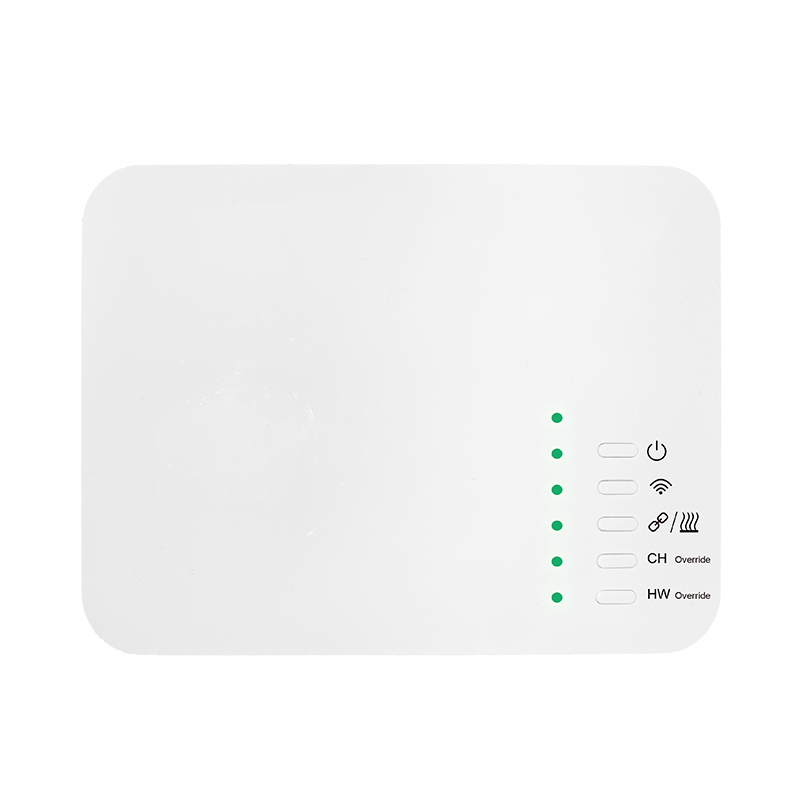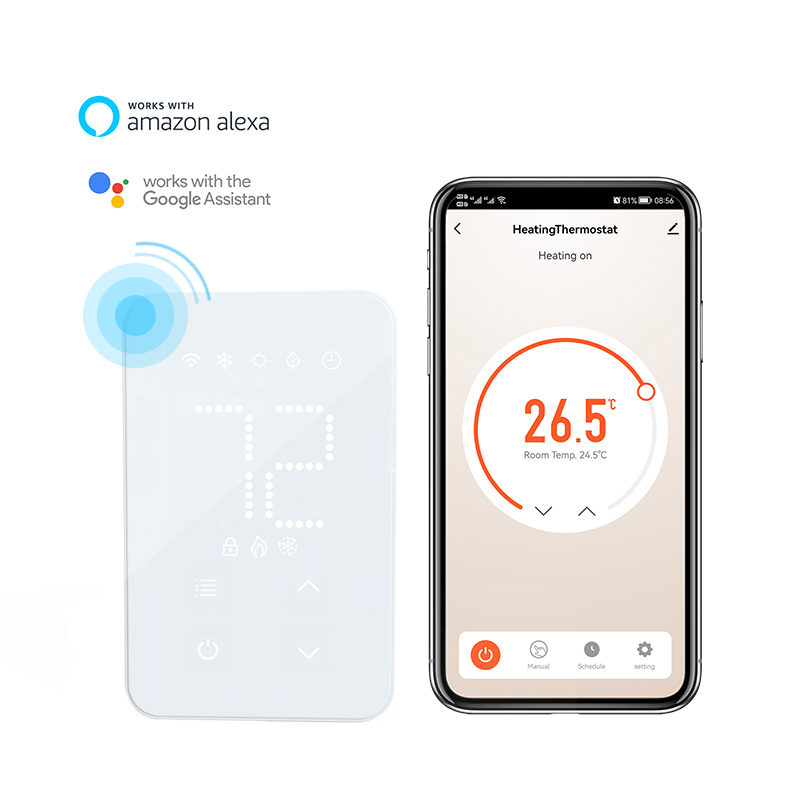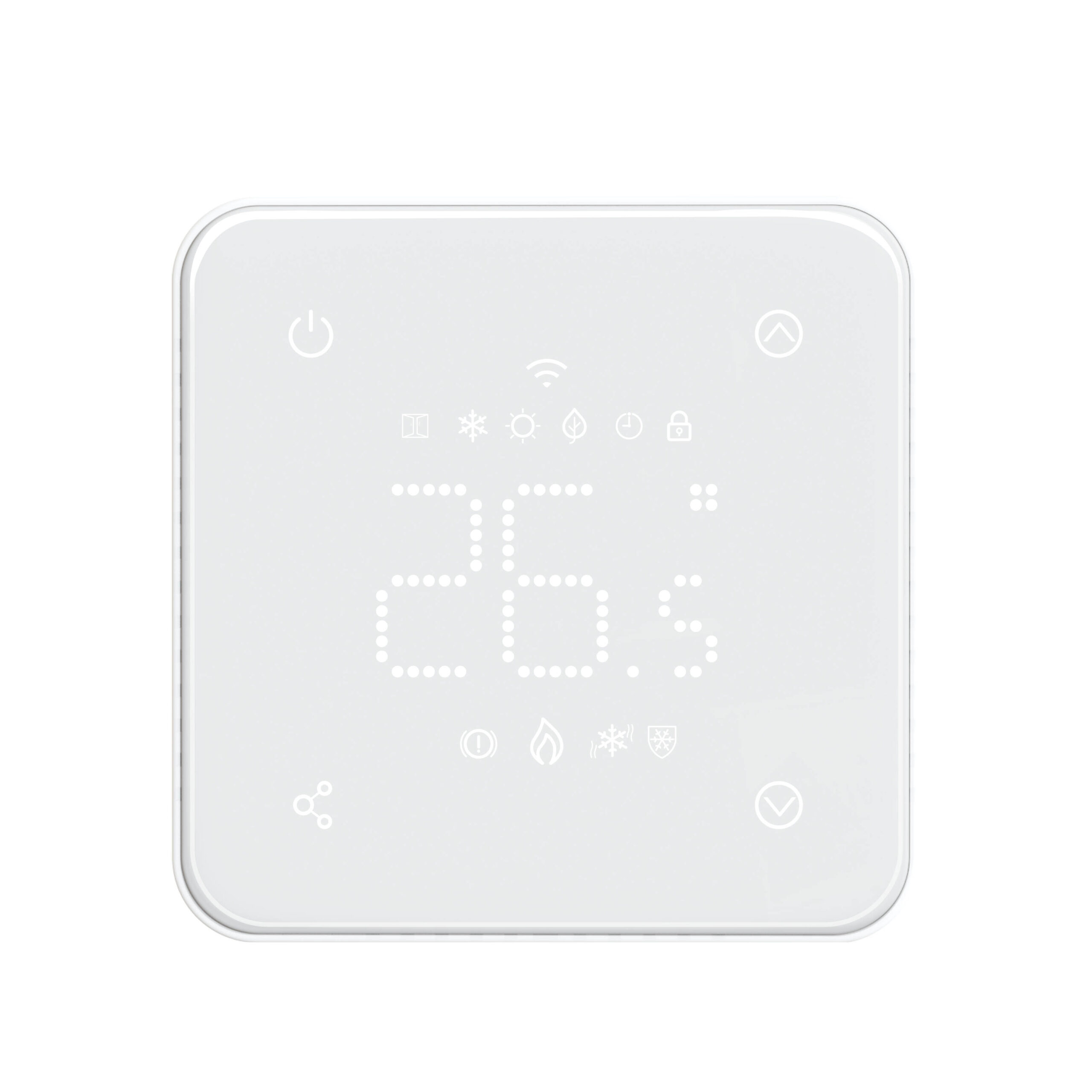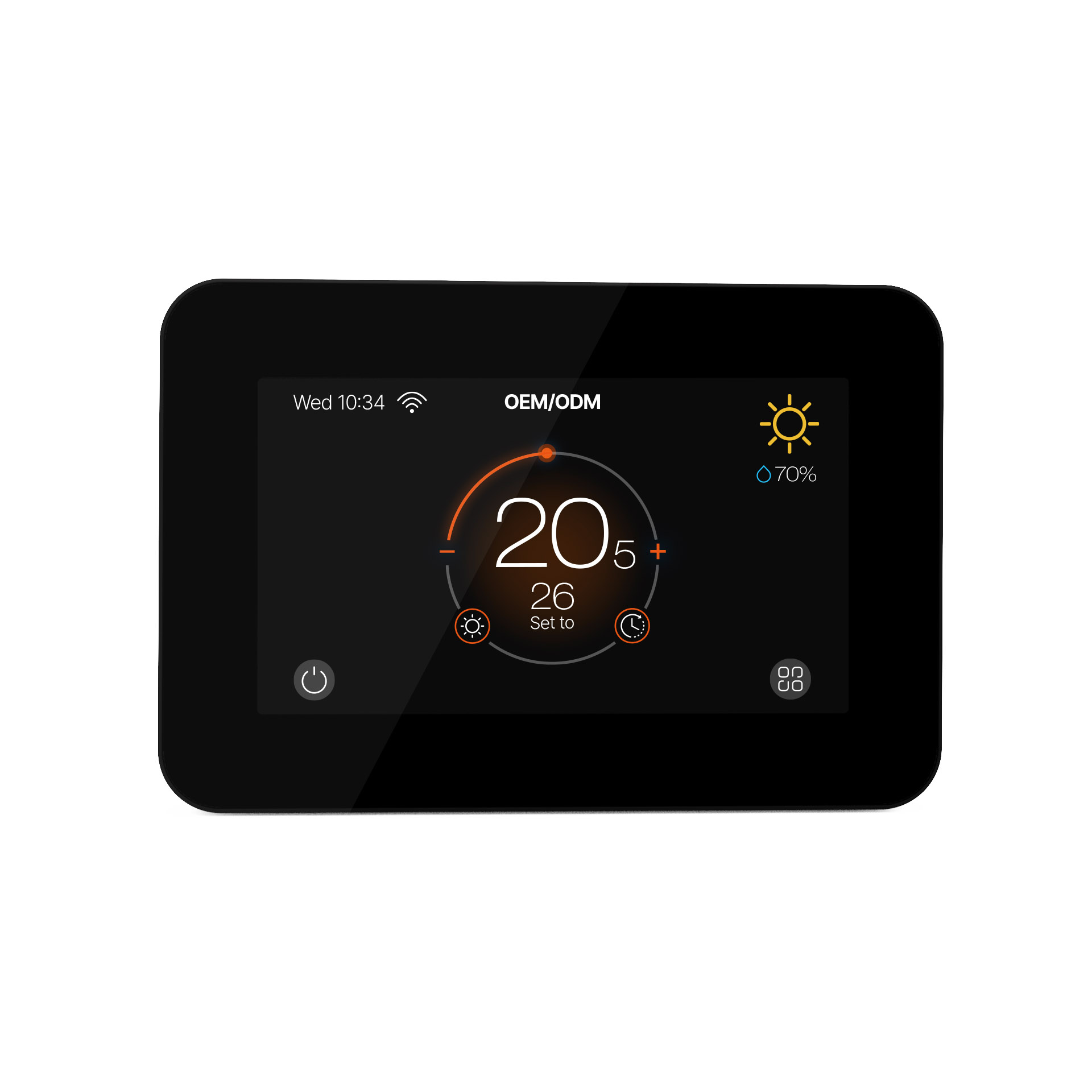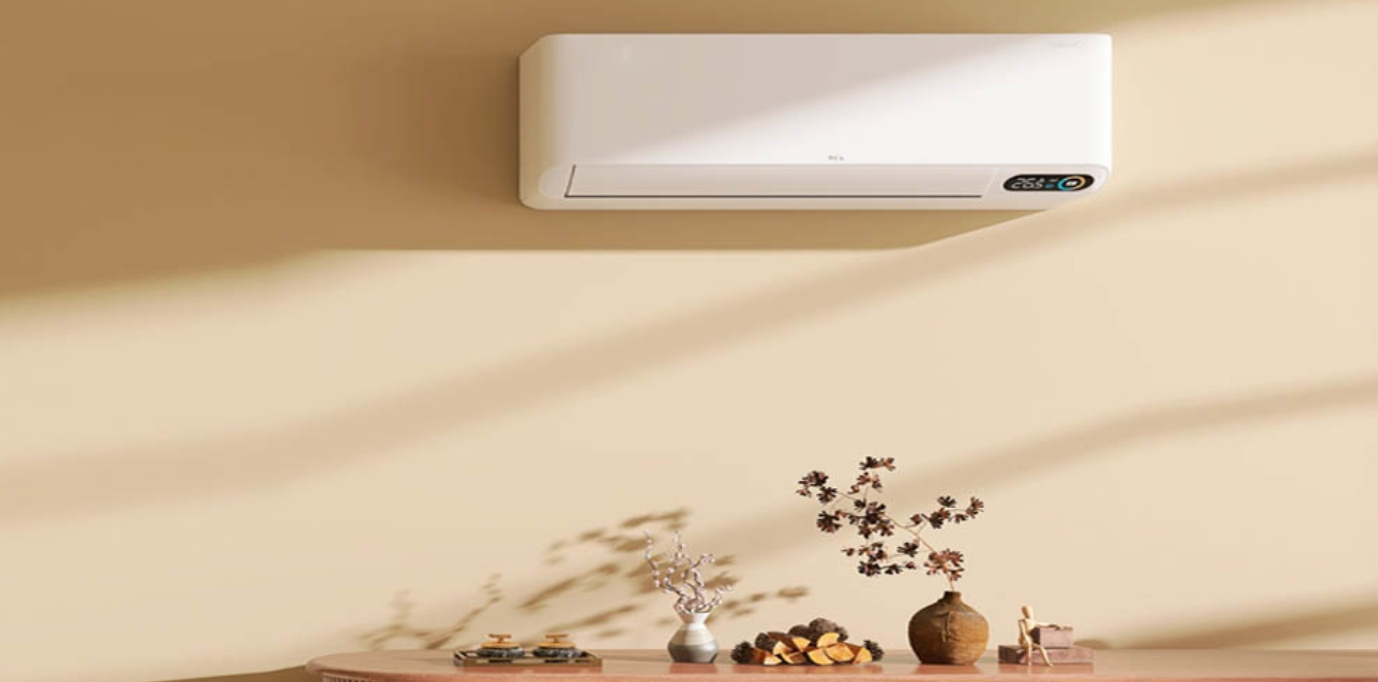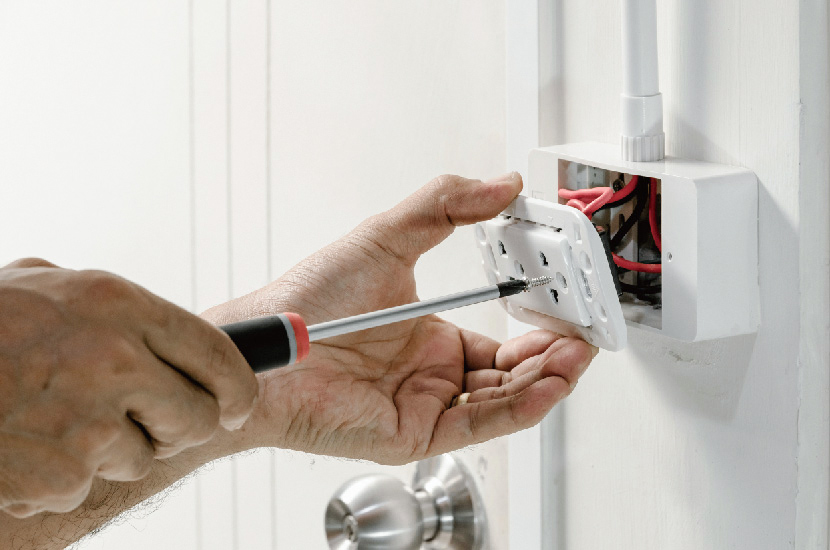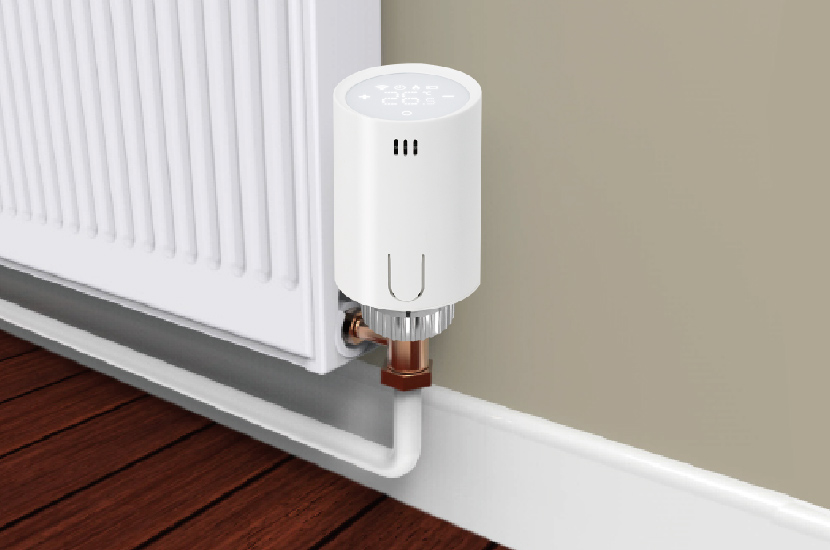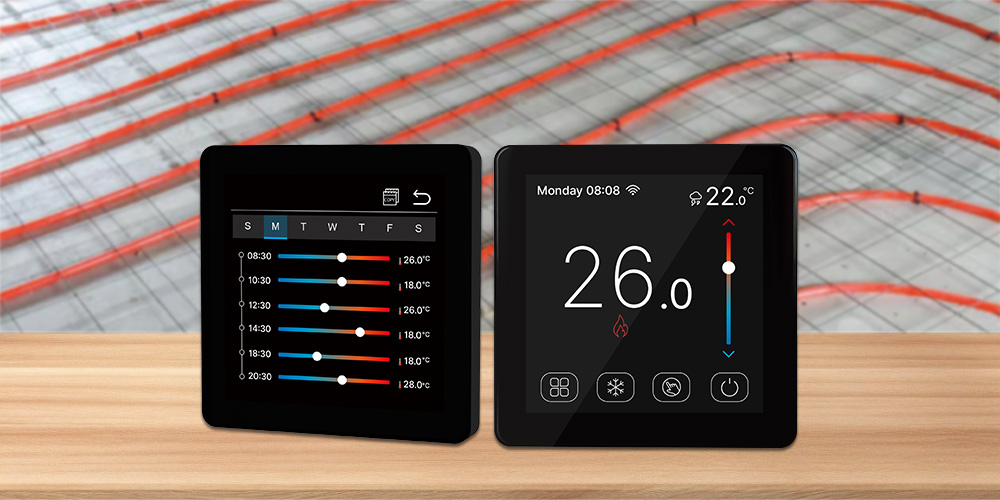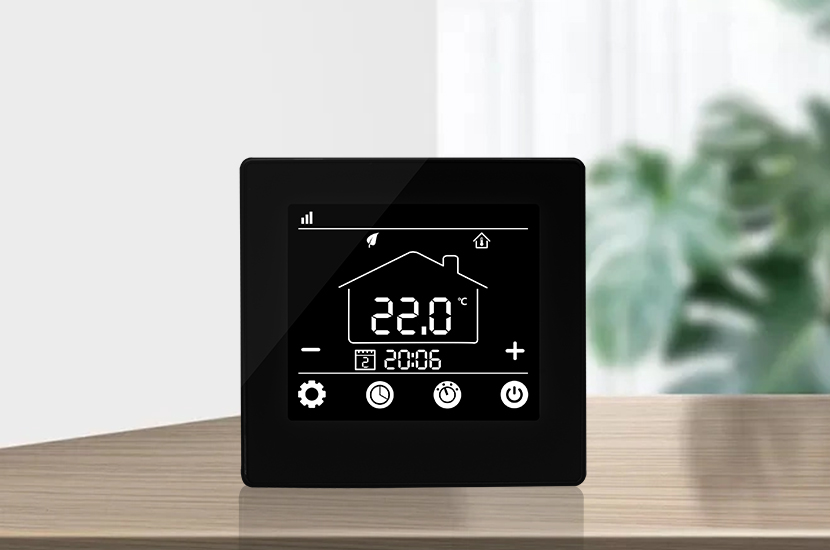How to clean the surface of the water floor heating thermostat?
Featured articles
More from the category
The water floor heating thermostat is an important device for regulating indoor temperature. Its surface is exposed to the air for a long time, which is easy to absorb dust, stains, and even water stains and oil stains. Timely and correct cleaning of the thermostat surface can not only keep the device beautiful, but also help maintain its accuracy and service life. So, how to clean the surface of the water floor heating thermostat? Let’s explain it to you in detail.

Preparation before cleaning
Before cleaning the surface of the water floor heating thermostat, be sure to cut off the power supply first. This is the first step to ensure cleaning safety and can effectively avoid the risk of electric shock. At the same time, prepare suitable cleaning tools, such as clean and soft microfiber cloth, cotton swabs, small soft brushes, and mild detergents (such as special electronic equipment cleaners or diluted neutral soap water. Be careful to avoid using detergents containing alcohol and corrosive chemicals, which may damage the surface material and internal circuit of the thermostat).
Cleaning methods for different stains
Dust cleaning
For dust attached to the surface, first use a small soft brush to gently brush away the dust on the surface of the thermostat, in the gaps, and around the buttons. The fine bristles of the soft brush can penetrate deep into the gaps and clean the dust. Then, gently wipe the surface with a microfiber cloth to remove the remaining dust. When wiping, do it in one direction to avoid wiping back and forth to cause dust to adhere again, so that the surface of the thermostat can be restored to cleanliness.
Cleaning stubborn stains
If the surface of the thermostat is stained with stubborn stains such as fingerprints and oil stains, you can spray a small amount of diluted neutral soapy water on the microfiber cloth. Be careful not to spray directly on the surface of the thermostat to prevent moisture from penetrating into the interior. Then use a damp microfiber cloth to gently wipe the stains, with moderate force to avoid scratching the surface. For hard-to-clean areas such as gaps and button corners, use a cotton swab dipped in a small amount of detergent for detailed cleaning. After cleaning, wipe off the remaining moisture and detergent with a clean dry cloth to ensure that the surface of the thermostat is dry.
Cleaning of water stains
If water stains accidentally splash onto the surface of the thermostat, immediately use a dry microfiber cloth to absorb the water. For small amounts of water stains that have penetrated into the gaps, use a cotton swab to carefully absorb them, and then place the thermostat in a well-ventilated place to dry naturally. Do not use a hair dryer with hot air to dry it, so as not to damage the internal components due to high temperature.
Maintenance and precautions after cleaning
After cleaning, do not rush to turn on the power. Wait for 1-2 hours to ensure that the surface of the thermostat is completely dry before turning on the power. In daily use, avoid contact with sharp objects on the surface of the thermostat to prevent scratches; at the same time, try to keep the thermostat installation area dry and clean to reduce the adhesion of dust and stains. In addition, regular (recommended every 1-2 months) simple surface dust removal cleaning can effectively reduce the probability of stubborn stains and keep the thermostat in good working condition.
Mastering the correct surface cleaning method of water floor heating thermostat can make the equipment run stably and long-term, and bring a comfortable and warm environment to the home. If you encounter special stains or other problems during the cleaning process, please feel free to communicate with me for more professional cleaning advice.
